Crab Apples: Everything You Need to Know
Did you know that all the apples in the world, including the crab apple, originated from the mountains of Kazakhstan? Crab apples are wild apples that are smaller in size than the ones that you’re accustomed to buying in the grocery store.
We guess you could call them miniature apples, but they don’t contain that crisp, sweet taste like all the other apples you’ve enjoyed.
If you’re out for a stroll in your town at just the right time, you’ll see crab apples in lots of places.
Their trees are overloaded with them, while there are usually several dozen scattered on the ground. So what are crab apples, and what are they good for?
We’ll tell you everything you need to know about them.
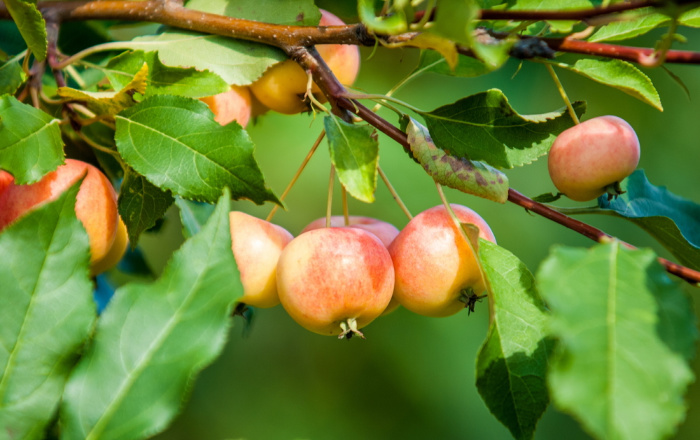
What Do They Taste Like?
Nature has several fruits and berries growing wild that can be poisonous, but crab apples do not fall under this category.
While they’re not poisonous, they may give you an upset stomach if you eat too many. But you probably won’t anyway.
If you’ve never tried this type of apple before, they’re sour with a rather sharp and tart taste to them. Some are sweeter than others, depending on how long they ripen.
How to Tell if They Are Ripe
Timing is everything in determining when you can enjoy a crab apple. Most times you’ll catch them after they begin to rot, or just before that’s happened.
The easiest way to see if crab apples are ready for picking is by picking a couple of them and cutting them so that you can reach the core. If the seeds inside are brown, they’re ready to enjoy.
Don’t Allow Your Pets Eat Them
We’re not saying that you allow your pet to eat food outside their diet, just that this is one fruit among many that don’t agree well with pets.
The seeds, stems, and leaves contain toxins that are poisonous to some animals, and it may cause them to experience vomiting, diarrhea, and other symptoms.
If you happen to catch your pet eating crab apples, be sure that they’re only eating the flesh of the apple.
How Long Do They Last?
Did you know that apples you buy at the grocery store have been coated in wax so that you can enjoy them several weeks later?
Crab apples are not coated in wax for preservation, so you should enjoy them immediately.
You don’t want to store crab apples for an extended amount of time. Within a day or two you’ll notice that they’ve begun to dry out or lose their quality.
Growing Crab Apple Trees
Crab apple trees grow in the wild without any assistance from people, so if you’re looking for a fruit tree that you won’t possibly screw up, this tree is a good bet.
In the first year of their life they need to be regularly watered by making sure that the soil is evenly moist. You also don’t need to fertilize it until the 2nd year.
When Do Crab Apples Blossom?
You can expect your crab apple trees to blossom in mid to late spring. You can expect flowers to last about 10 days after they blossom.
If the trees are experiencing hot weather, or windy, rainy weather, the blossoms may only last 5 to 6 days.
How Long Before Fruit Begins Growing?
Depending on what type of climate you live in, it will take anywhere between 2 and 5 years before you will notice any fruit on them.
When Can You Pick Them?
Crab apples are usually ripe between early summer and early fall. Usually between the months of July to September, but it depends on the variety of crab apples that you have.
Are Crab Apples Good For You?
Benefits of Crab Apples
While crab apples might not be the tastiest apples out there, they can help with a lot of health issues. Crab apples have been found to contain several agents that help with your digestive system.
Eating them when they’re not ripe can actually help if you have diarrhea. It’s also been found to help prevent and lower the risk of both prostate cancer and heart disease.
They can also strengthen the immune system and help fight off several types of infections.
Crab apples are believed to help with male and female reproductive health. And finally, crab apples have been proven to help strengthen bones.
What Vitamins Do Crab Apples Contain?
This apple variety contains several vitamins and minerals that are good for your health. They are packed with pectin, making them perfect for preserving jams and jellies.
They contain vitamin C, A, B12, calcium, iron, copper, omega 3 and 6 fatty acids, and many other minerals.
What Can You Make From Crab Apples?
Fermented Crab Apple Cider
If you have a blender or a food processor, you’re in for a treat. You’ll be able to enjoy a delicious glass of spicy crab apple cider. You’ll just need to coarsely chop the whole fruits with the processor and then add water and sugar.
Syrup
Another easy recipe to follow using crab apples is crab apple syrup. If you refrigerate it, the syrup will last up to several months.
Jelly
How about making a delicious Crab Apple Jam or Crab Apple Jelly, and then preserving it as your grandmother taught you? You can even add cinnamon sticks to them for extra flavor, and they’re also great gifts to give to your loved ones around the holidays.
Crab Apple Tarte Tatin
They add just the right amount of tartness to a Crab Apple Tarte Tatin, alongside the rich pastry and the delicious caramel that makes for one tasty dessert.
Apple Cinnamon Bread Pudding
Another dessert that these apples go great with is Apple Cinnamon Bread Pudding. Some people enjoy adding maple syrup to add extra sweetness.
Crab Apple Butter
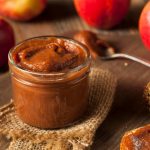
- 8-10 cups cored, chopped crab apples-no need to peel (fill the slow cooker about 2/3 full)
- 4 cups sugar
- 4 teaspoons cinnamon
- 1/4 teaspoon nutmeg
- 1/2 teaspoon cloves
- 1/4 teaspoon salt
-
Start by filling your slow cooker with your apples. Cover in sugar, cinnamon, cloves, and salt. Cook on high for 1 hour. Lower heat and continue cooking for an additional 3 to 4 hours. Run through a blender until smooth. Place back in the slow cooker and cook for the remainder of the day (total cooking time about 9 hours). In the evening fill mason jars and seal. Keep in mind it will thicken as it cools. It will keep safely about two weeks in the refrigerator.
Final Word
When you were a child, were you under the impression that these were poisonous? What are you most surprised about after learning more information regarding these types of apples?
If you’ve enjoyed crab apples and making them into something tasty, tell us about it. We’d love to hear what you do with them! May God bless this world, Linda!

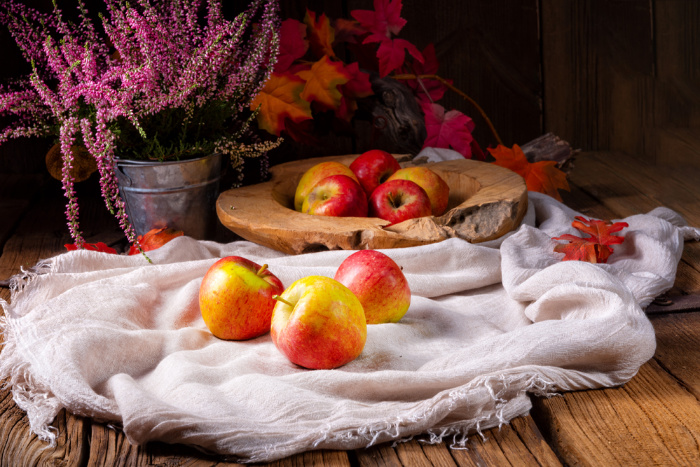

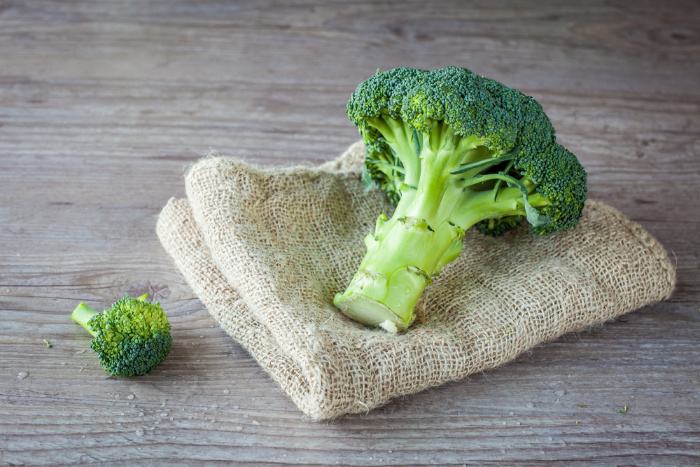
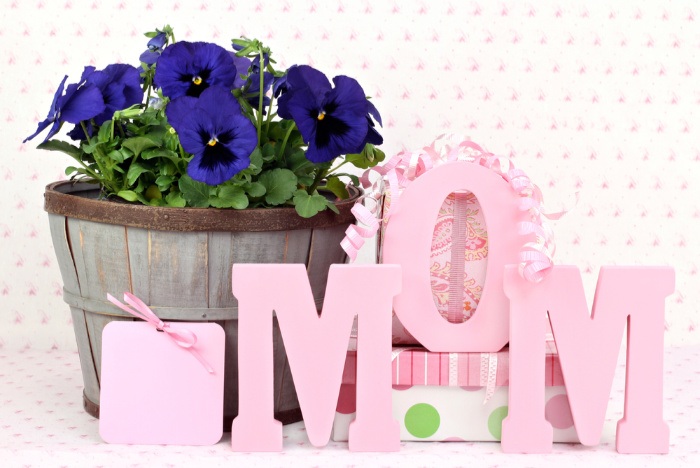
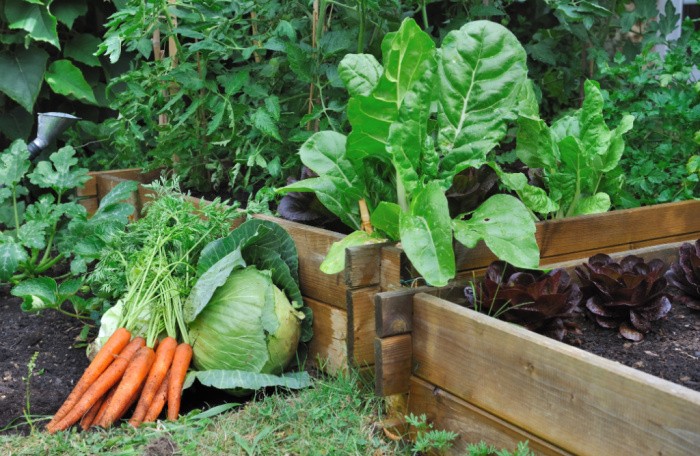
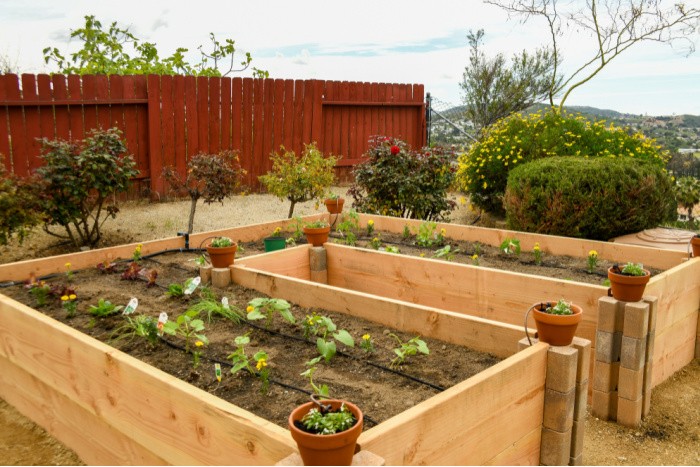
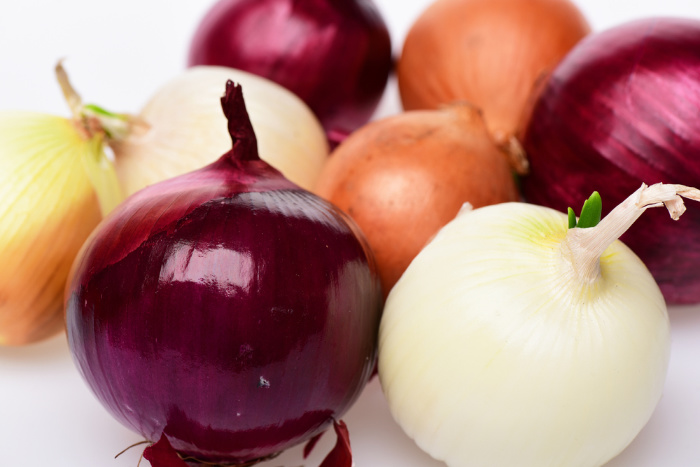
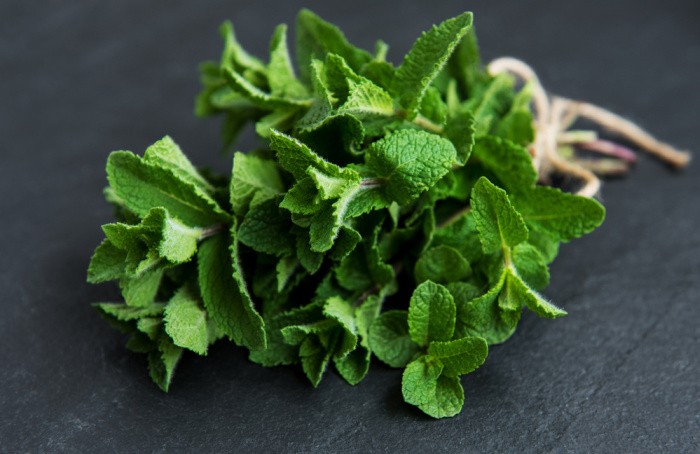
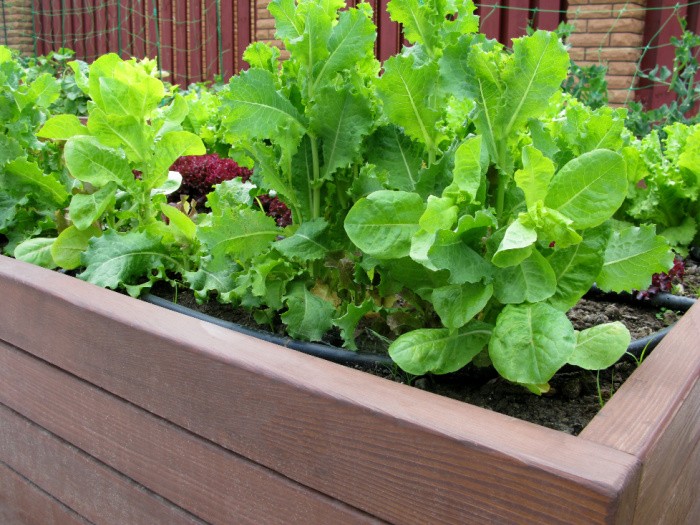
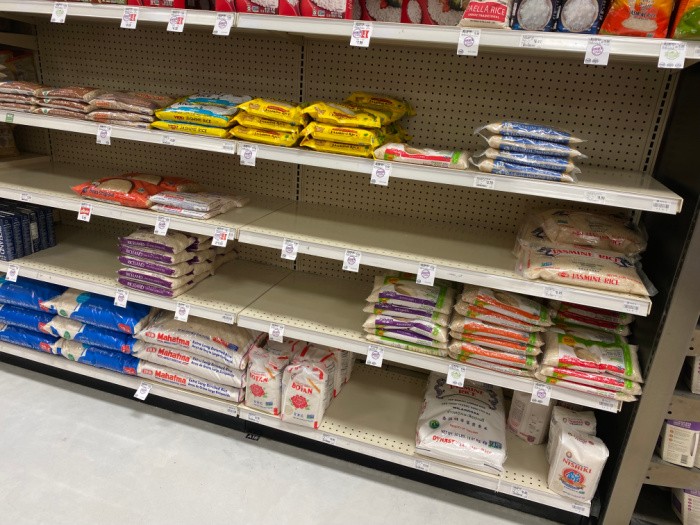
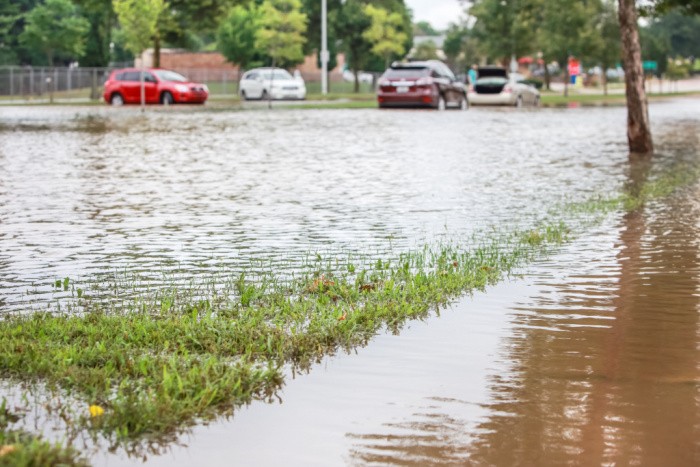
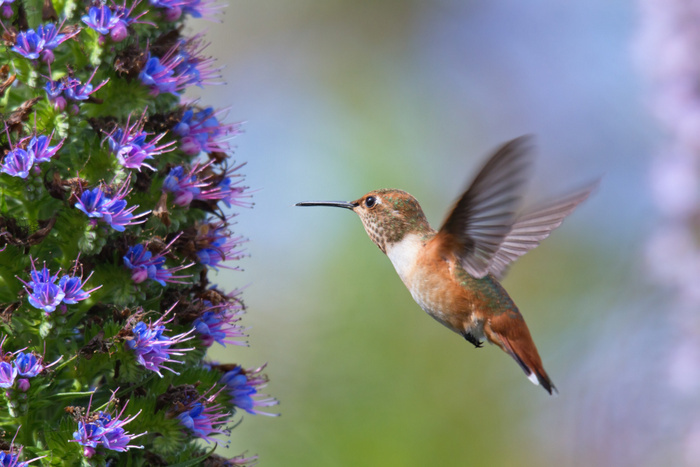
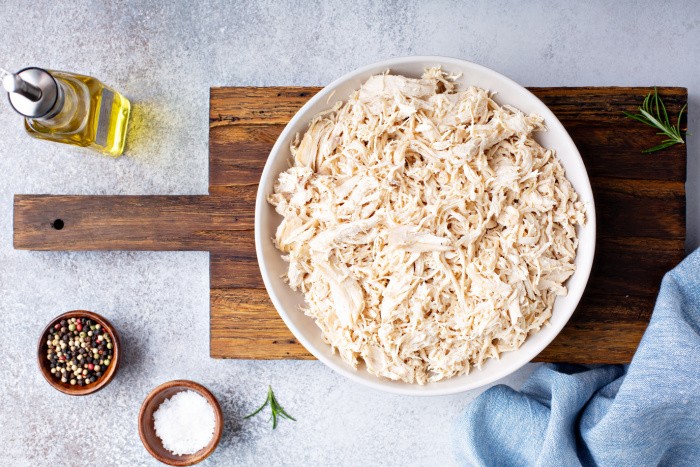
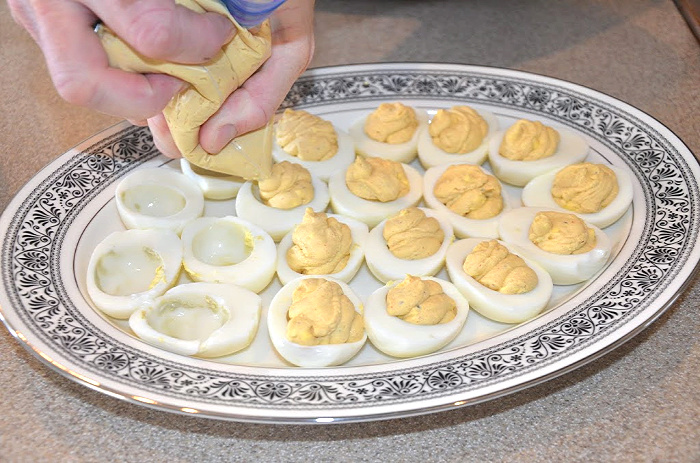

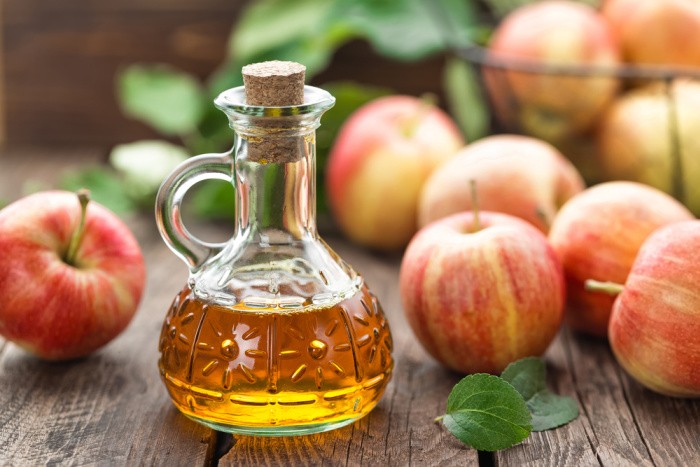
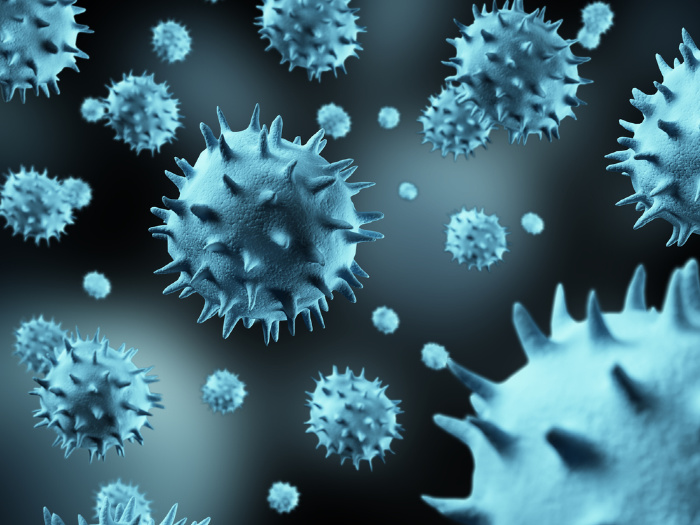
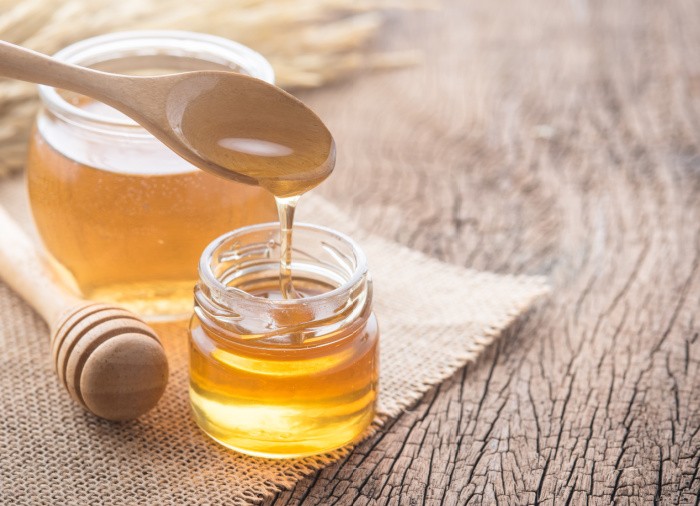

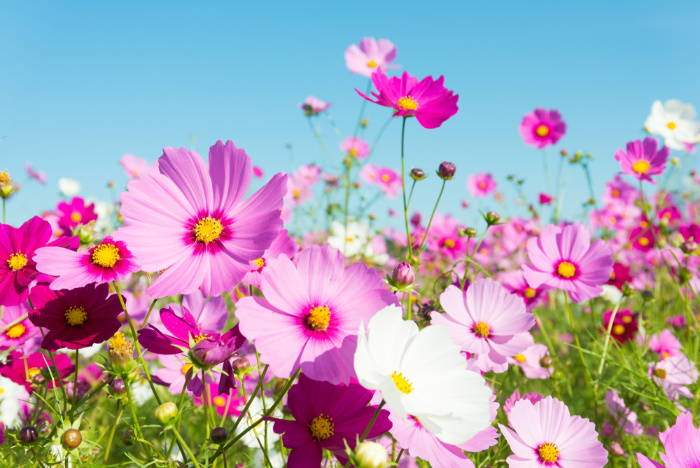


Just moved into a home that has a young crab apple tree. Glad to know more about it. Thank you. Just wish I knew what variety I have:)
Hi Charlene, I grew up with Crab Apple Jelly!! How fun to have a Crab Apple tree in your new yard. One more source of food. Love it, Linda
You can include them in home-made applesauce–depending on the type, it will usually add a lovely pink color!
I’ve even collected the ornamental crab apples–the ones about the size of a big marble–sometimes even from the flowering crab trees in parking lots! (just wash them well before using.) My favorite with these is Pickled Crab Apples.
Ingredients:
1/2 peck crab apples
1 pint vinegar (I used organic apple cider vinegar)
2 pounds brown sugar
1 oz. stick cinnamon (or substitute ground cinnamon)
Cloves (optional)
Do not peel, but cut out blossom end. If very small, leave the stem. Prick each several times.
Boil sugar, vinegar, cinnamon, and 1-2 tablespoons cloves, about 5 minutes.
Cook crab apples, a few at a time if necessary, until tender (about 10 minutes).
Pack into hot sterilized jars, fill with syrup, and seal. (I filled to about 1/2″ head space, then water-bath processed about 15 minutes.)
Serve with toothpicks–or if you left the stems on, those can be used to pick them up! Cores can be spit out, just like grape seeds.
Original recipe is from the Boston Cooking School Cook Book (Fannie Merritt Farmer). If you ever run across an old copy, grab it–unbelievable number of recipes, including things many people no longer realize can be eaten!
Hi Rhonda, oh my gosh, I didn’t even think about applesauce. Plus, those Pickled Crab Apples sound fabulous! Now, I’m going to look for that cookbook for sure!!!! Thanks for sharing, I Love it! Linda
There’s a modern reprint of the 1896 edition–I assume it was printed from an original because there are notes, additions, changes, etc., in someone’s handwriting! I have another somewhere that’s from the 1950s, I think (there were *many* editions!), but my “go-to” copy was my mother’s, 1941, even though it’s tattered and held together with a rubber band. Mainly because I’m just more used to where things are in it, and it helpfully lies flat when opened!
HI Rhonda, I looked on Amazon and there are quite a few reprints. I will look for the one that’s closest to 1941, thank you so much!! Linda
Check AbeBooks.com, too–that’s my “go-to” book place! I just checked, actually–on the second page there’s a 1937 edition (I think everything before that is the 1896 reprint).
Crab apples make a great “sourdough starter”. All you need to do is to pick a bunch of crab apples. DO NOT WASH them. Coarsely chop them and place in a quart jar. Cover with water – preferably distilled or clean well water. Cover with a cloth and set on the counter for several days. You will start to see some cloudiness and some of the apple chunks will start to float. At this point, you will also see sediment in the bottom of the jar/water. This is the “wild yeast”. Place a bowl under a fine sieve and pour the contents of the jar through the sieve. You will want to retain the sediment – wild yeast. You can compost the apple pieces. NOW, stir the liquid and wild yeast; weigh out 100 grams into a clean sterile quart jar. To this liquid/yeast, add 100 grams by weight of white unbleached flour and stir well to incorporate. Cover the jar with a cloth and mark the level of the liquid/yeast/flour mixture (I use a Sharpie permanent marker which can be scrubbed off later). Leave this jar sit on the counter until doubled in size. You have just made “sourdough starter” and can now use this starter as you would any other sourdough starter.
Hi Leanne, oh you know I love this!! I have only made natural yeast with whole wheat flour. I want to try making sourdough starter!! Love it! Thank you, Linda